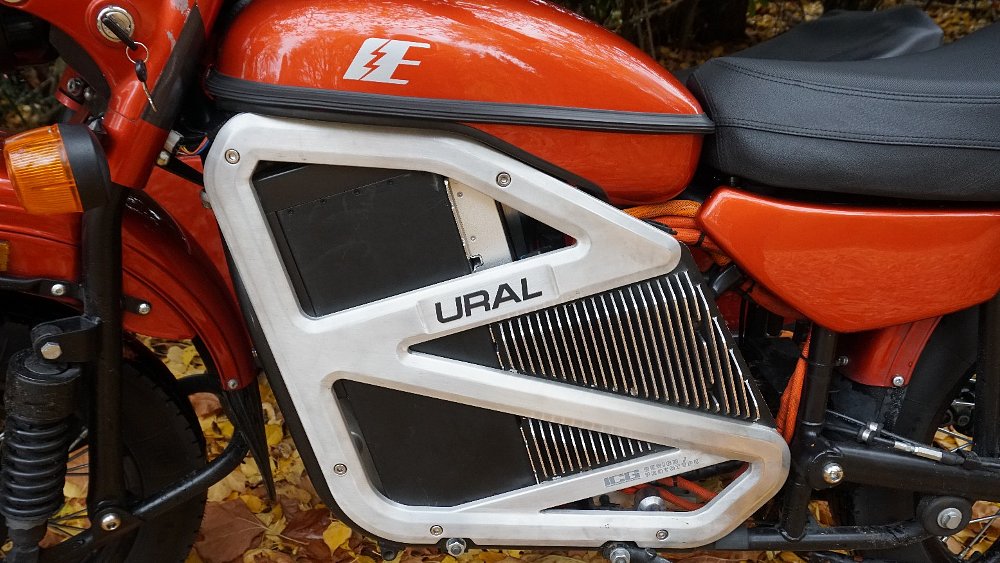Cuba has long been famous for its fleet of pre-1959 U.S. cars, imported before the revolution and subsequent U.S. embargo. Cuba's diverse traffic mix also includes lots of Russian Ladas and other brands from the former Eastern Bloc, imported during the Cold War, a few European and Japanese cars, and some newer Chinese Geely models.
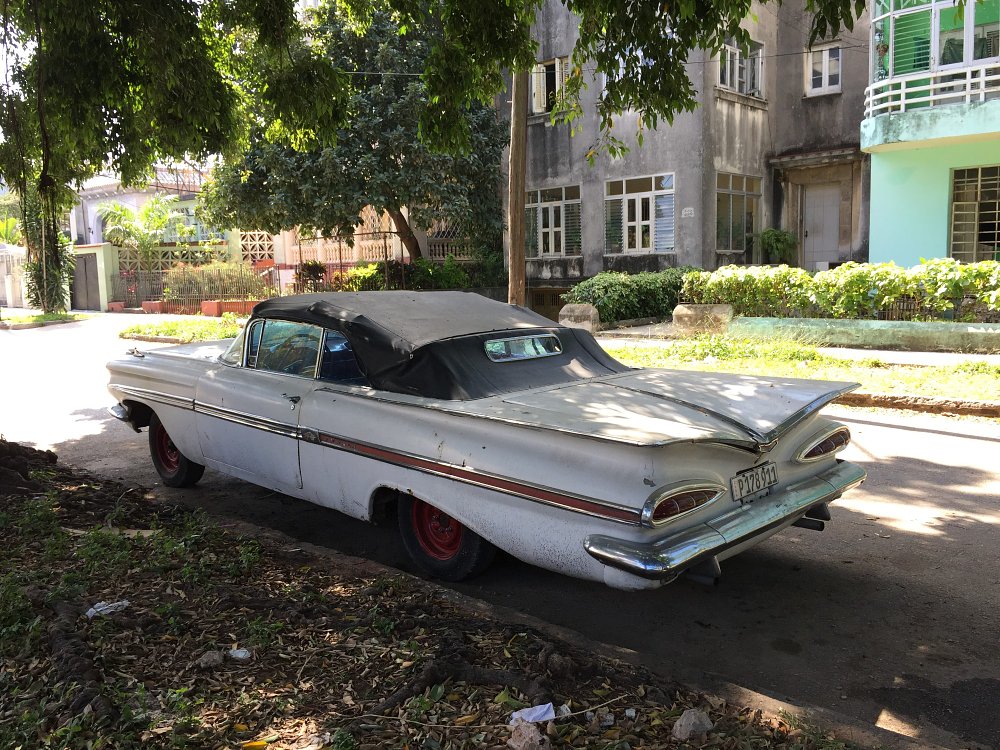
As for motorcycles, there are also a handful of old Harley-Davidsons and Indians that date from before the communist revolution and kept alive, despite a nearly complete lack of spare parts, by mechanics who display remarkable ingenuity. They’re not frequently seen on the road, but are the traditional vehicle used — often with a sidecar — to take a bride and groom away from the church after a wedding.
A couple of years ago, veteran motorcycle journalist Tim Kessel wrote and photographed a nice feature for Rider magazine on the bikes of Havana, which at that time skewed towards old MZ two-strokes. He also noted the preponderance of sidecars.
But now Cuba is buzzing with an all-new kind of two-wheel traffic. A few months ago, one of my moto-observant friends came back from a Cuban vacation and told me that Old Havana was swarming with electric scooters and small electric motorcycles. How did an island known for cars with tail fins and 60-year-old Harleys become a leader in electric two-wheelers? The answer is a combination of factors that starts in another Caribbean country: Venezuela.
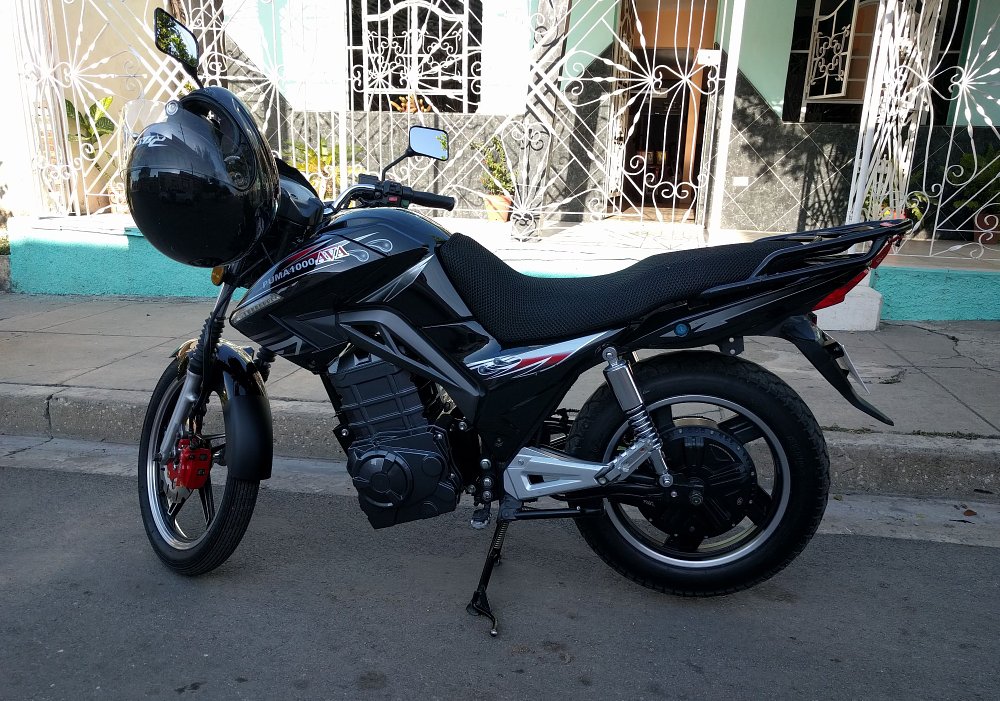
Venezuelan oil dries up, Cubans innovate
Fuel is heavily regulated in Cuba. For example, tourists who rent cars must show their passports to purchase gasoline. Many Cubans rely on a thriving black market for fuel, buying gas (or diesel) from authorized vehicle operators (for example taxi, truck, or bus drivers) who get an allotment of fuel but have mastered the art of conserving fuel, leaving them with some to sell.
Until recently, a significant share of Cuba’s fuel came from Venezuela, which shipped crude oil to Cuban refineries. As Venezuela descended into economic chaos, gasoline has become harder for ordinary citizens to get, at any price.
One Miami-based auto dealer began exporting Nissan Leaf electric cars, complete with a "supercharger" station, to Havana, but the $25,000 price of that Leaf package means that it’s really only affordable to a few foreigners, such as embassy staff. Absent a personal supercharger station, it’s not really practical to charge a full-sized car off household current, even at the best of times. Cuba’s on the same 110-volt standard as the United States, not the 220-volt standard that prevails in Europe.
Electric scooters and motorcycles save the day
Cuba’s situation is a sort of perfect storm for the adoption of small EVs. New vehicles of any kind must be shipped to the island, and transport costs are obviously far lower for a small scooter or motorcycle than for cars. And a scooter or motorcycle’s battery can be charged in few hours using ordinary household current. For most Cubans, travel is typically close to home, so range anxiety is less of an issue.
All that piqued my interest, and when Lennon Rodgers — another friend who happens to be an EV expert — took his family to Cuba for spring break, I jumped at the chance to debrief him.
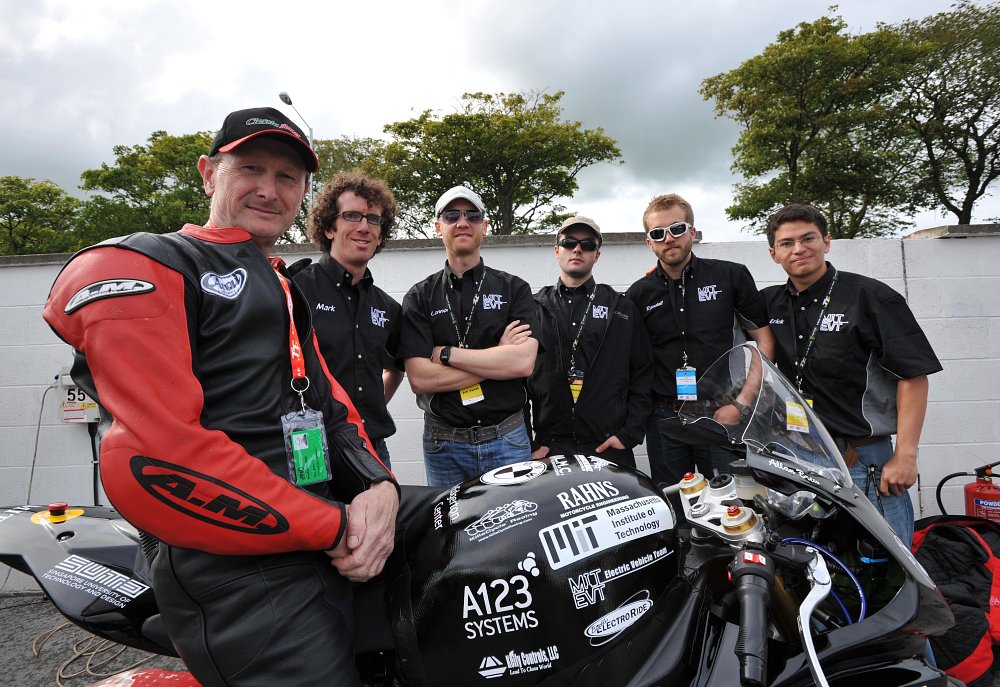
I have known Rodgers since 2011 when, as a Ph.D. candidate, he led an MIT student team that built an electric motorcycle to compete in the TT Zero event. The MIT entry, built on a BMW S 1000 R chassis, was ridden by Alan Brew. They finished fourth, with a 79 mph lap. The MIT team also raced in the EV class at the Pikes Peak International Hill Climb.
My friend arrived in Cuba expecting to see a mix of small gasoline-powered scooters and motorcycles, but he was fascinated to find that there, of all places, most of the bikes he saw were whirring along on electricity. The owner of the bed and breakfast where he stayed in Old Havana had a small electric scooter that he wheeled up a ramp and parked right inside his apartment.
“He was gushing over it,” Lennon told me. “He told us, ‘It’s only got a lead-acid battery and lithium would be even better, but my wife and I can now get to our favorite restaurant, which is 20 kilometers away.’ Until they got their scooter, he didn’t have a vehicle at all.”
In the case of Lennon’s host in Old Havana, for example, his Eagle scooter was exported by Unico Motors, a motorcycle distributor based in Panama. Not including shipping, the gel lead-acid battery version of the Eagle is $960, while the lithium battery version is $1,126. That might not seem like much of a premium for a much better energy storage system, but a couple of hundred bucks is a lot of money for the average Cuban.
Officially, the average salary is less than $50 a month, though most Cubans manage to earn a little more. In recent years, the Communist government has relaxed some restrictions on what people can do for a living, so there’s an emerging class of small entrepreneurs. But even accounting for that, the difference between a lead-acid battery and Li-ion could easily amount to a couple of months’ wages.
Lennon thought that once he got outside of Havana, he’d see more ICE bikes, but over the course of a 500-mile loop through the countryside, he noticed that electric scooters and motorbikes outnumbered gas-powered ones, even in rural areas. Many of these cheap-and-cheerful EVs originate in China, and are made by the Wuxi Cuccy Motor Technology Co., Ltd. The factory is in Wuxi City, which is just west of the port city of Shanghai, in Jiangsu province.
I’d never heard of Wuxi Cuccy until I started Googling the brand names in Lennon’s photos. It’s a relatively new manufacturer that appears to have been founded in the late 1990s, but it’s a pretty big business, claiming a total production run of 380,000 cycles per year.
These Chinese manufacturers provide limited information on their websites, so it's not easy to compare these low-cost EVs to electric motorcycles we’re more familiar with in the United States, like a Zero. It seems that most of them operate at 60 or 72 volts and have one-kW motors. So, they’re nowhere near as powerful as that Zero, but then, Wuxi Cuccy sells them to distributors for around $500 each! Claimed top speeds are usually around 30 mph, with a maximum range of less than 50 miles — a range that you could achieve only at pretty low speed.
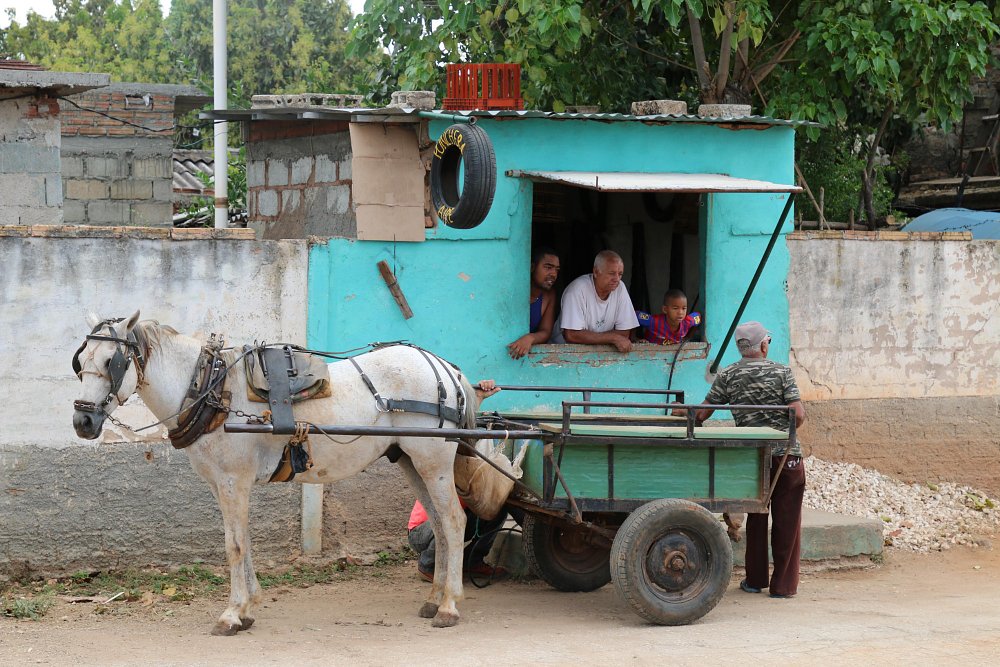
That could seem pretty underwhelming, but bear in mind that a lot of Cubans make do with alternative-fuel vehicles limited to one horsepower, in the form of an actual horse.
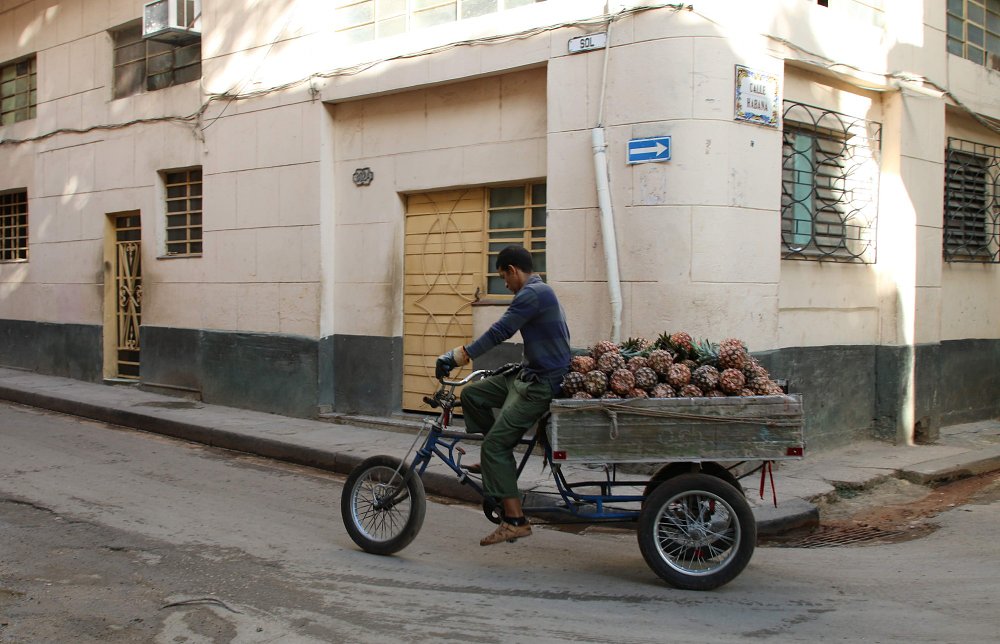
As Lance and I have often pointed out, we both believe that EV disruption in the transportation sector will come from the bottom up, and the swarms of cheap electric two-wheelers in Cuba supports that view.
It’s hard to imagine Venezuela going back to its old ways and exporting a lot of crude to Cuba at a special "Communard" discount. But even if Cuba's fuel crunch eases and gasoline becomes cheap and plentiful again, I bet you that Cuban scooterists and bikers will stick with their EVs.

 Membership
Membership











